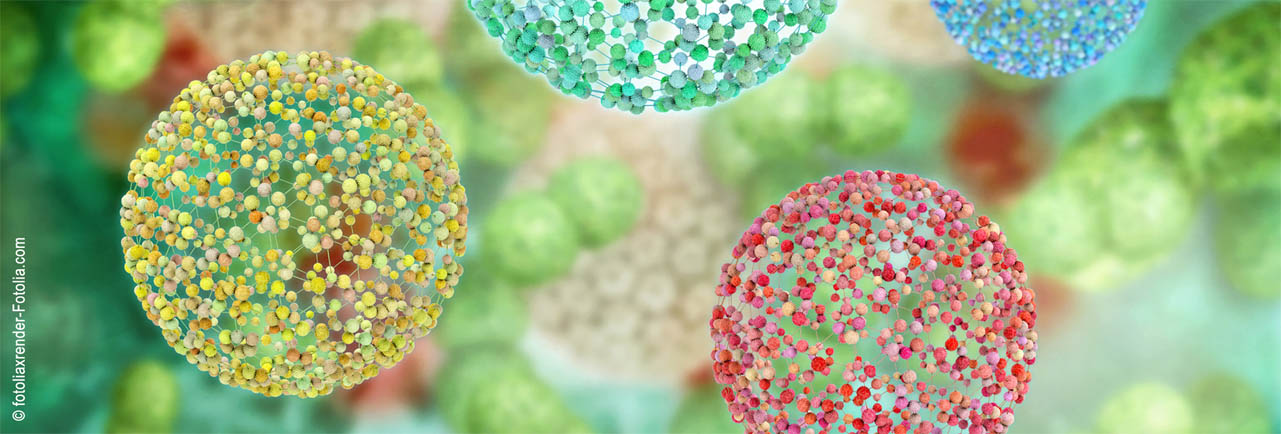Speaker
Description
Graphene oxide (GO) features high transparency in the visible range and high flexibility, while polydiacetylene (PDA) is a family of ene-yne conjugated polymers with a broad absorption band covering almost the entire visible region. The interaction between the electronic systems of the two materials can generate light-induced electron-hole pairs and enhance GO in-plane charge conductivity resulting in photovoltaic properties. Investigation at the GO/PDA interface is crucial in order to assess and tune the efficiency of the interaction between the two materials. The Langmuir procedure was the adopted strategy to obtain GO/PDA hybrid films since it allows easy access to their interface. Indeed, by spreading solutions of GO and diacetylene at the water/air interface and then compressing them, one species climbs over the other one, and the desired hybrid film is formed. The obtained Langmuir films were probed at different scales on liquid subphase, macroscopically by surface-pressure isotherms, mesoscopically by Brewster angle microscopy (BAM), and microscopically by surface x-ray scattering using synchrotron sources. Atomic force microscopy (AFM) measurements were carried out after transfer to solid substrates.
Moreover, Raman and UV-vis spectroscopies were employed to study our system. The preliminary results were promising and demonstrated that highly homogeneous and stable hybrid films with an area of at least 20 $μm^2$ could be obtained by tuning the conditions of the Langmuir procedure, namely by increasing to 9/10 the pH of the water on which the molecules are spread and changing the solvent of the spreading solutions. Further research needs to be conducted to understand and control the structure of the final systems and assess the applicability of the obtained hybrid film in photovoltaic cells.

